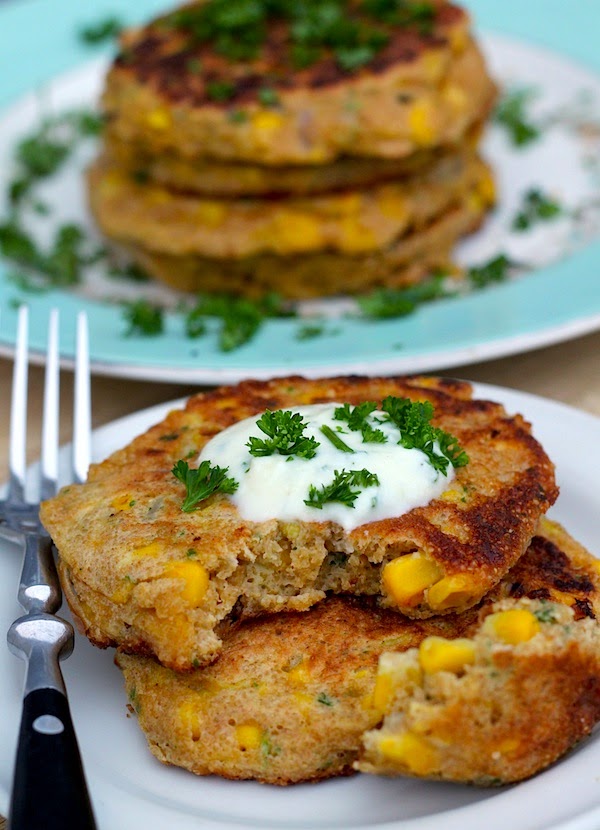Up until recently, any amaranth that entered my kitchen was destined to a lifetime of sitting at the back of a dark cupboard, where aside from the occasional tentative glance, it remained untouched and unused. Usually, enough years would go by that I would finally be forced to dump it in the compost, hoping the earthworms at least would enjoy it. Then I would see it again in the health food store, all fresh and minuscule and promising, so I'd buy a little bag (just a little bag), vowing to make friends with it and create something tasty this time, and the same cycle would start over. I did, along the way, manage a few gluey porridge experiments, but these left me unenthused and even more baffled by the tiny grain. Amaranth porridge is ok, but I infinitely prefer making a bowl of creamy teff porridge, or sticking to plain old wonderful oatmeal.

But a couple years ago, I pulled a neglected bag of amaranth out from the back of my cupboard, determined to give it another chance. The cooking instructions for amaranth generally call for a 3 to 1 ratio of water to grain, which yields the gooey porridge I refer to above. I decided to reduce the water significantly in an attempt to achieve a fluffy cooked grain, and suddenly, amaranth and I were making some headway. Cooked in a 1 to 1 ratio, and only to 'al dente', followed by a resting period under cover at the end of cooking, the grains were beautiful. Not heavy and gooey, but light and fluffy with a lovely chew that lends itself well to many recipes. And that's a good thing if one takes a look at their superstar nutrient profile!
Upon having this mini amaranth-epiphany, one of my first recipe experiments was to try the fritters recipe on the back of the Bob's Red Mill bag of amaranth. They were delicious! Over time, I adapted the recipe and arrived at an amaranth corn fritter that is packed with flavour and crunch and has become one of my favorite go-to lunches.
To get my amaranth corn fritters recipe, click here.
And please do leave me a comment below, sharing your own favorite ways to prepare amaranth!



I have had this exact experience with so many 'experimental' grains that I now love - barley, farro, rye berries. I am so delighted this experiment turned out well for you! The fritters look fantastic, but then again, most things made out of corn and grain usually are. Thank you for sharing!
ReplyDeleteHi Ksenia, yes hurrah for the "other" grains! Barley, Farro, Rye, Spelt, Teff… many are predicting this will be the year they shine and get proper recognition :-)
Delete